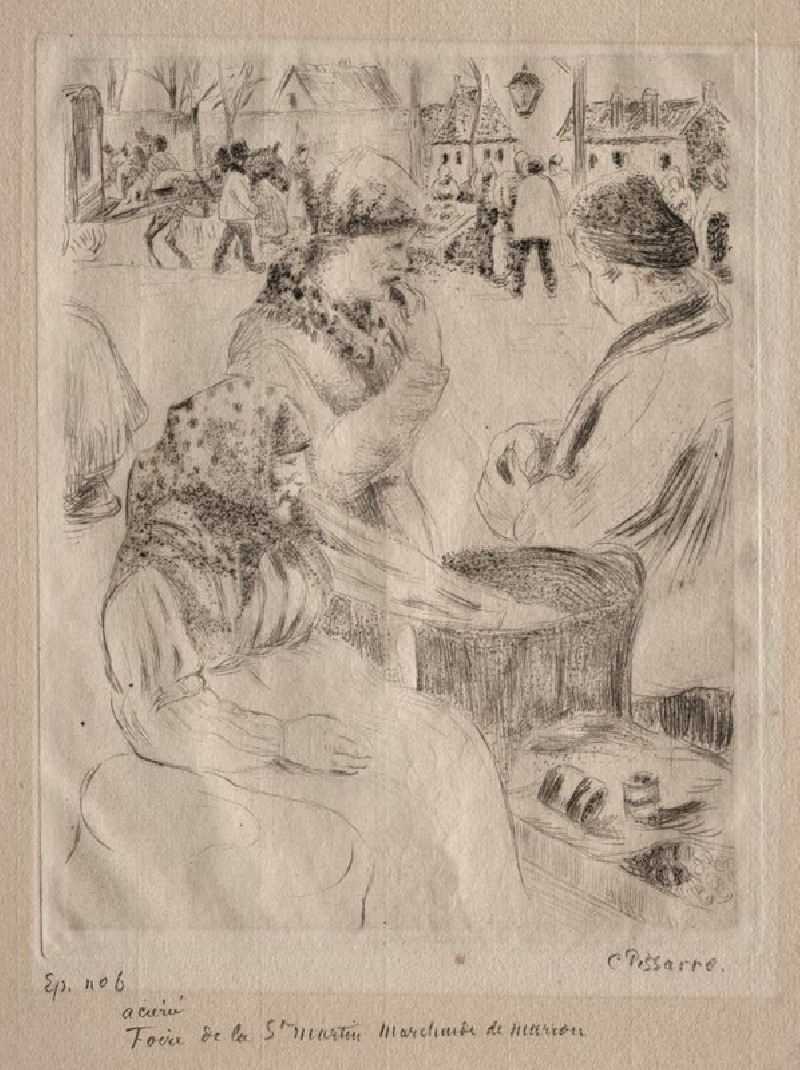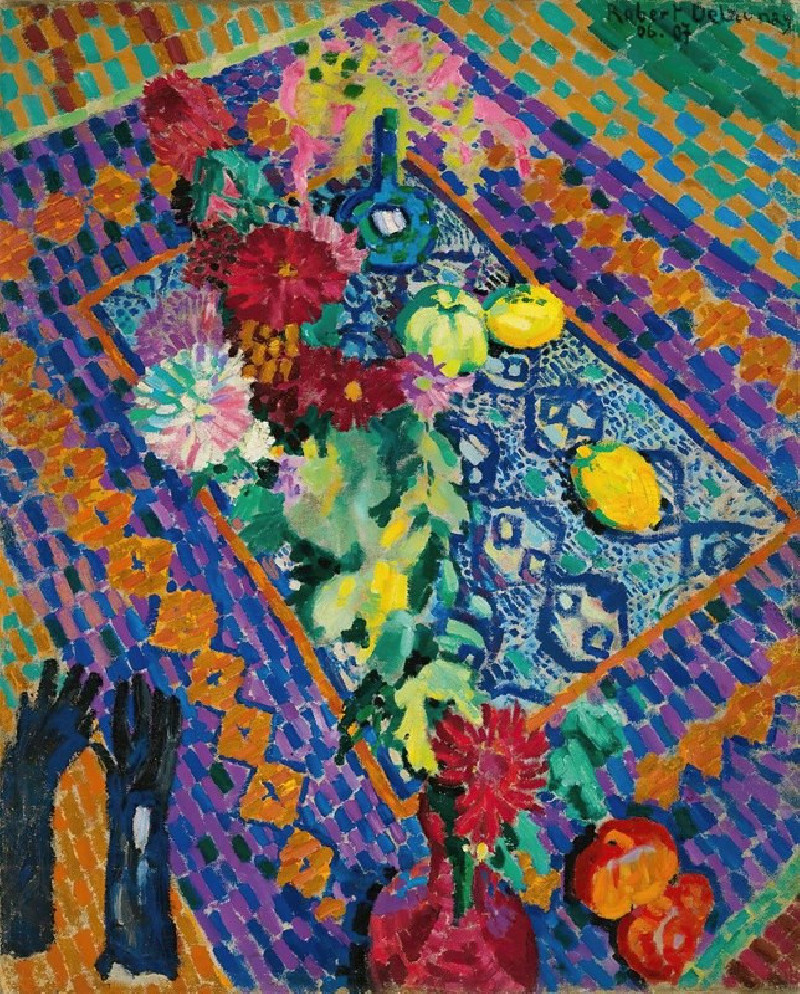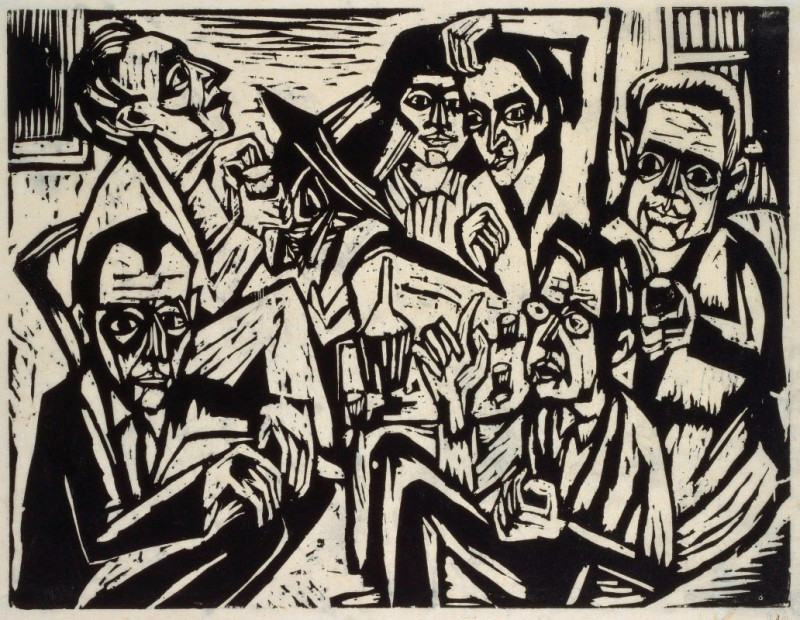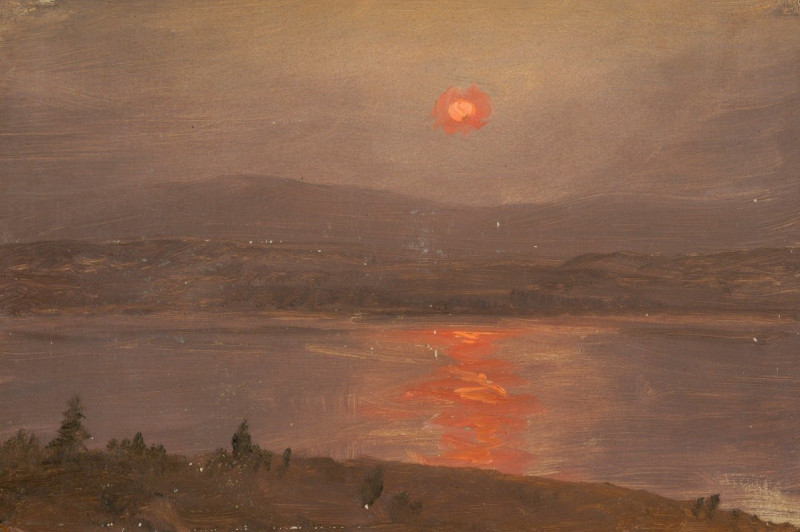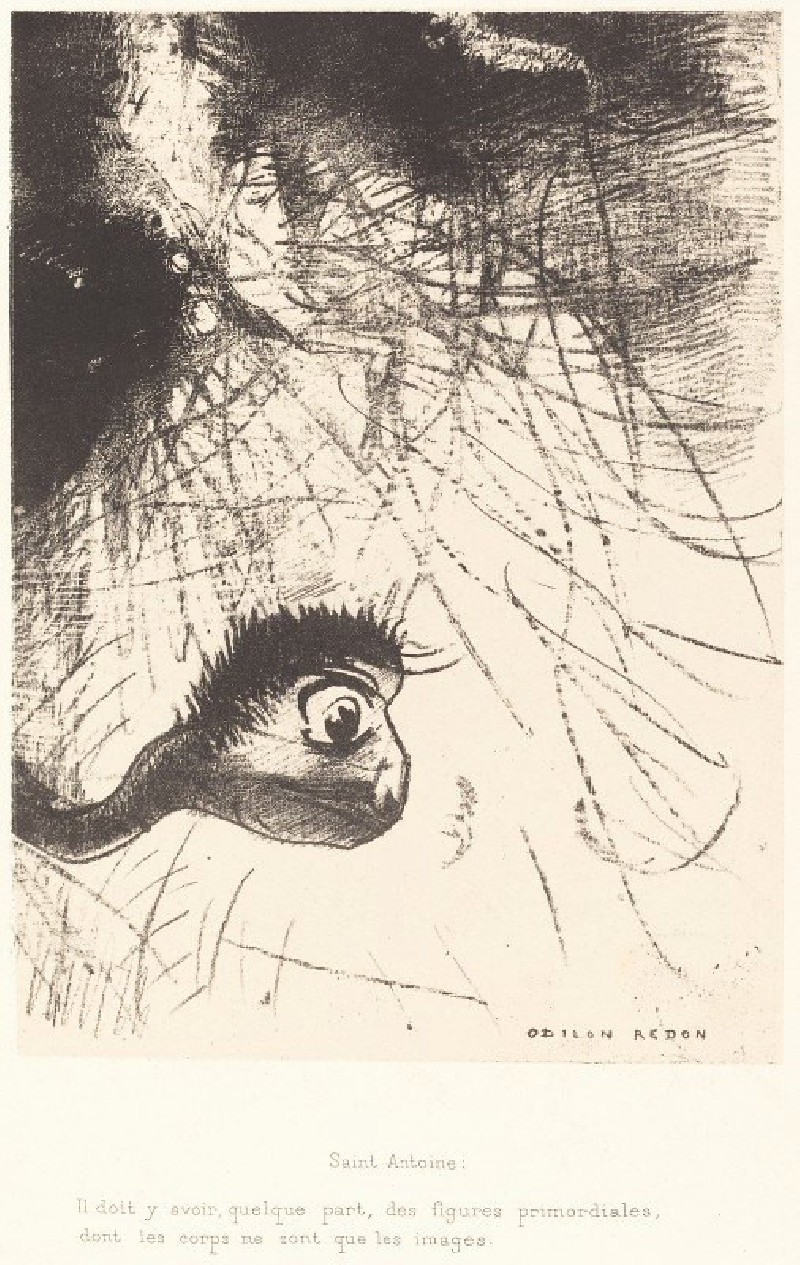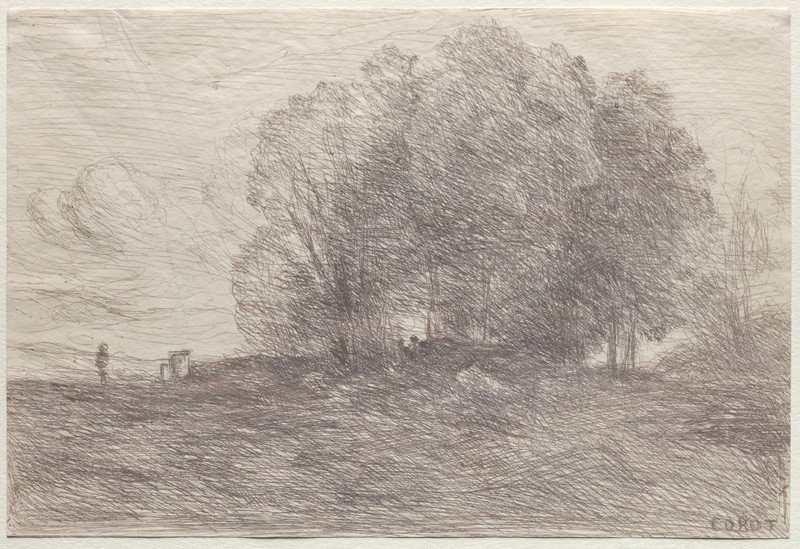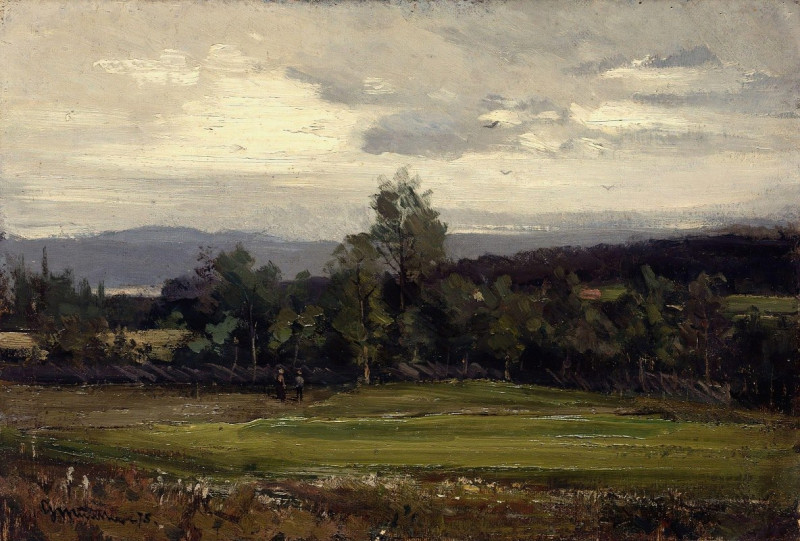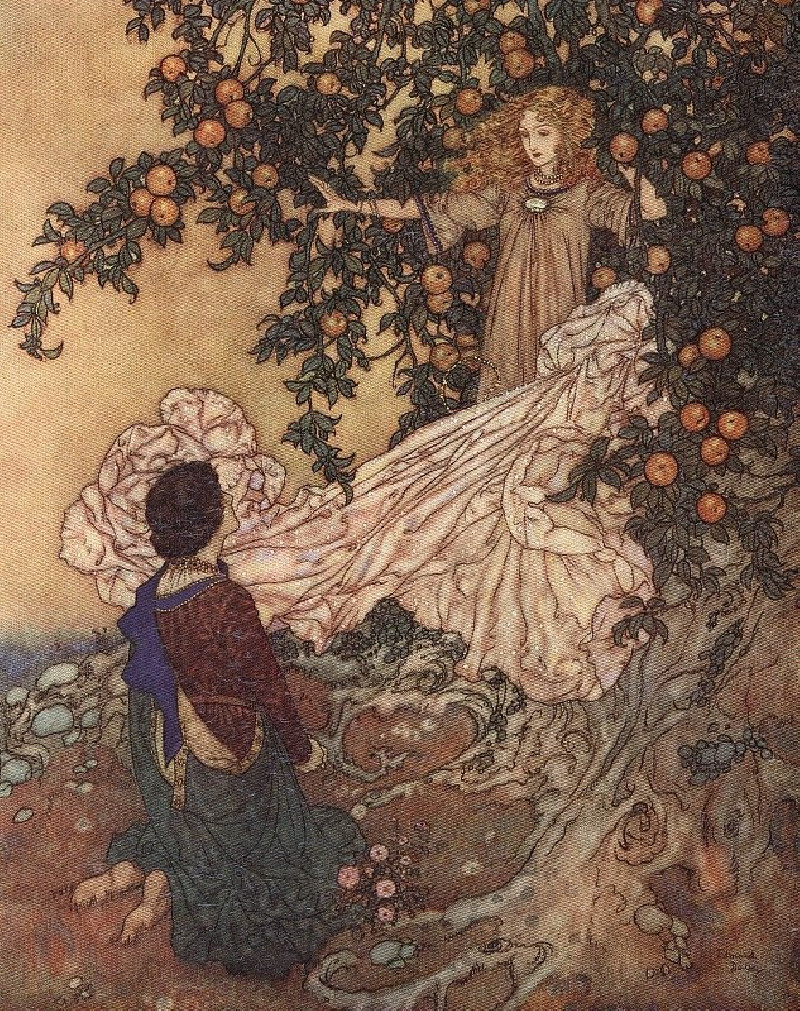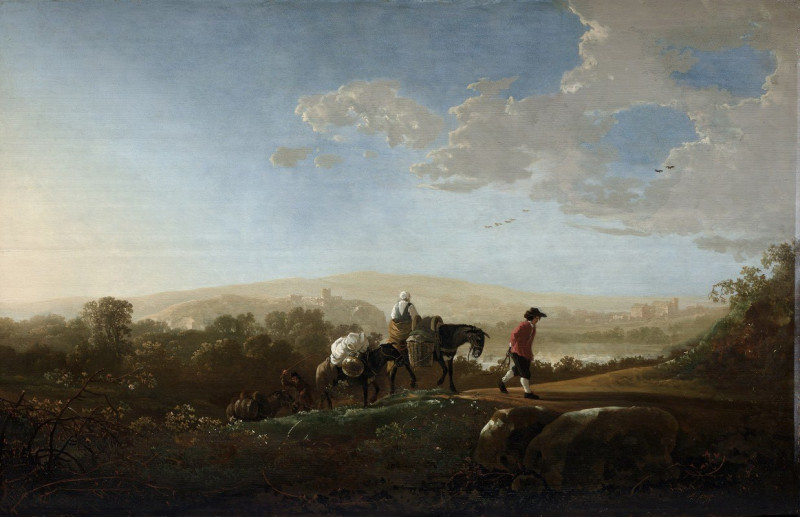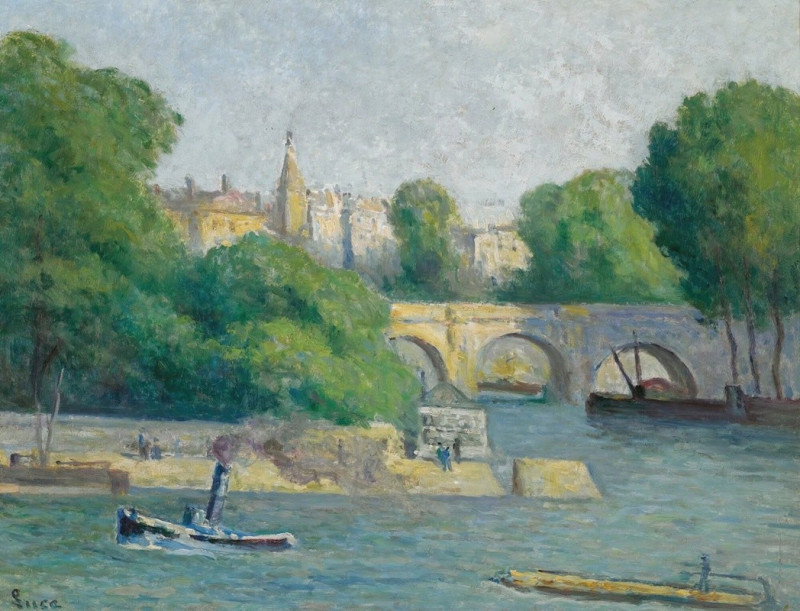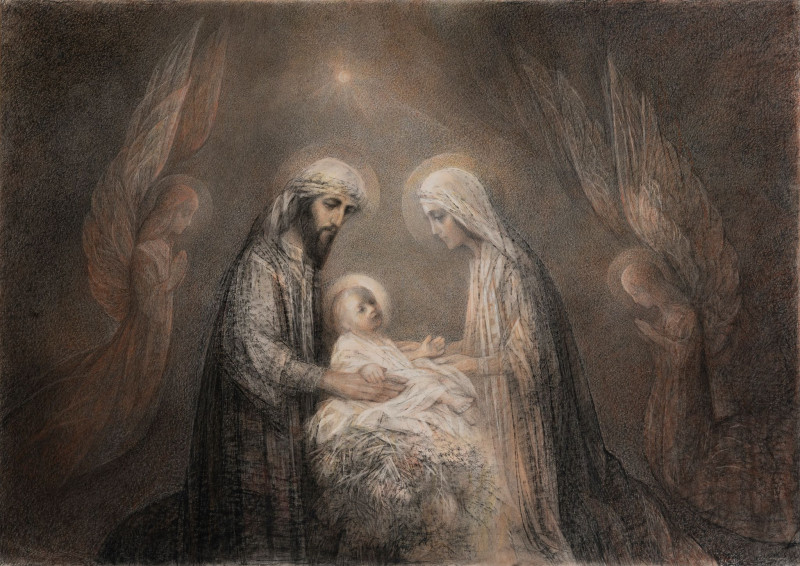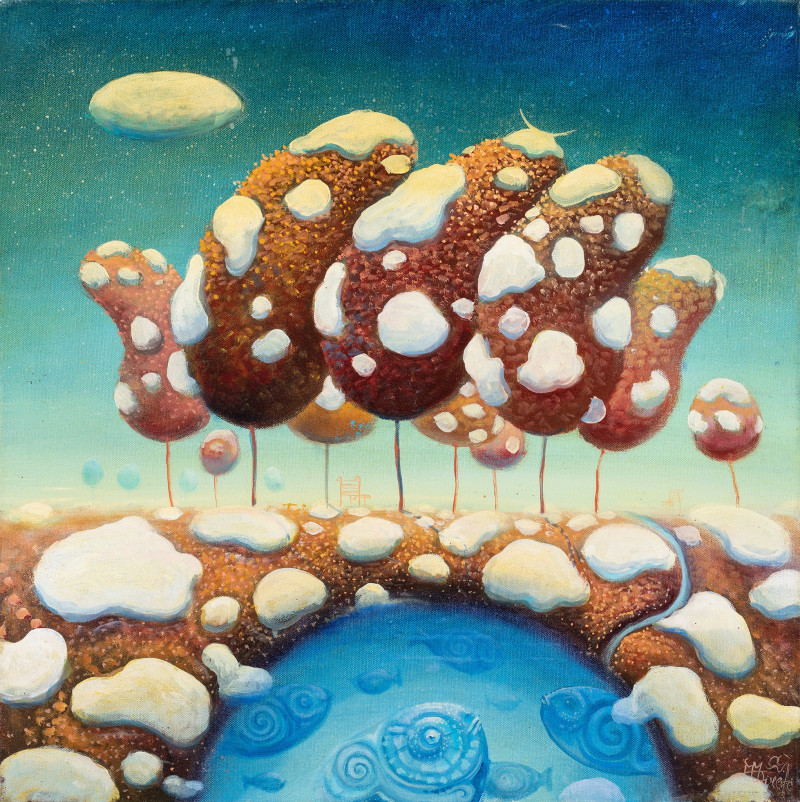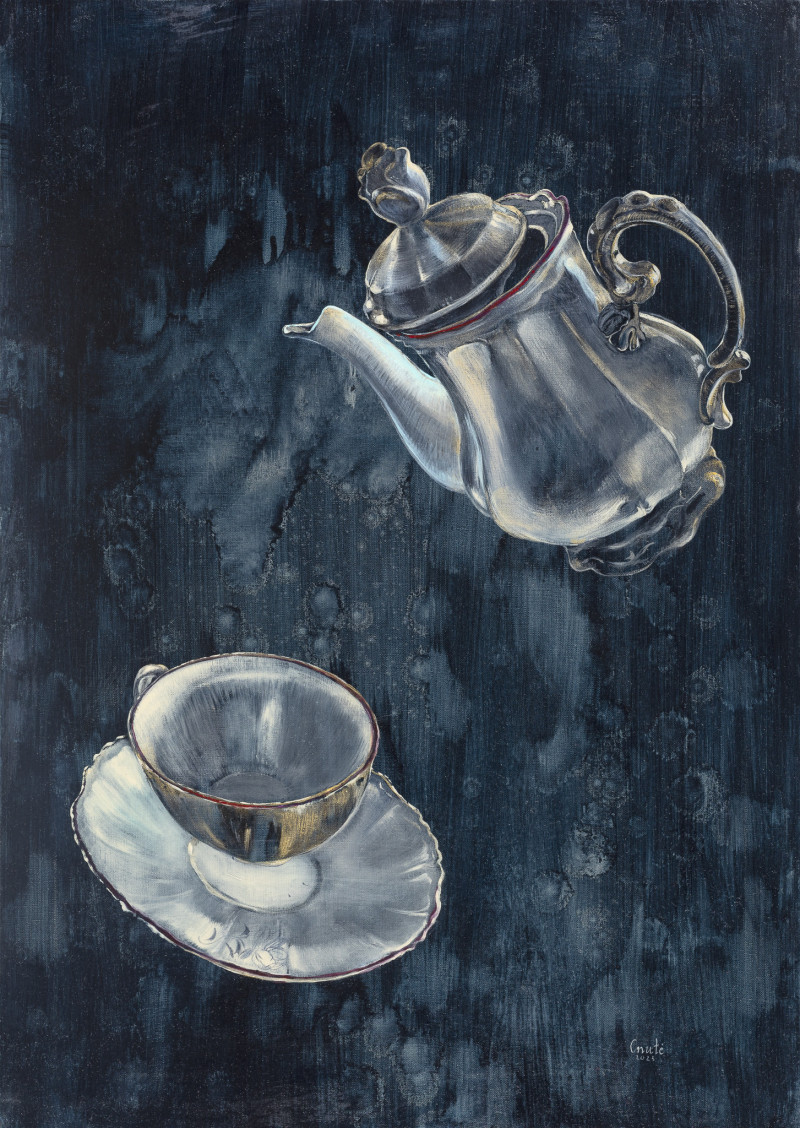Chestnut Vendor (1878)
Technique: Giclée quality print
Recommended by our customers
More about this artwork
"Chestnut Vendor", a captivating artwork by the celebrated artist Camille Pissarro, offers a vivid glimpse into everyday life in the late 19th century. Crafted in 1878, this etching beautifully captures a simple yet engaging scene of urban commerce and social interaction.Featured prominently in the foreground are two figures engaged in the chestnut trade. On the left, a chestnut vendor, wrapped warmly against the chill, sits while holding her produce. Across from her, a potential customer seems to be in the middle of a transaction or a conversation with the vendor. The relaxed body language and the close positioning of the two suggest a familiar, perhaps even communal, interaction—a hallmark of local market scenes.In the background, Pissarro masterfully sketches a lively public space brimming with people. The area teems with activity, possibly a market, where individuals of various strides intermingle. The depth of the scene is enhanced by the detailed portrayal of distant figures, who appear to carry out their daily routines, adding a dynamic contrast to the intimate exchange in the foreground.This artwork not only showcases Pissarro’s skill with the etching medium but also reflects his keen observational powers and his deep interest in the lives of ordinary people. "Chestnut Vendor" resonates with viewers for its historical context and its timeless depiction of human interaction in public spaces.
Delivery
Returns
Blessed are they who see beautiful things in humble places where other people see nothing. — Camille Pissarro
Camille Pissarro (1830-1903) was born on St.Thomas (now the US Virgin Islands) to a Portuguese father and a Dominican mother. He went to Paris to study art at Ecole des Beaux-Arts. He was an early pioneer of pointillism and neo-impressionism and later became a mentor of many famous impressionist painters including Cezanne, Manet, Renoir, and Gauguin. His paintings depicted rural and urban French landscapes and lifestyle. Many of his works politically captured images of peasants and laborers. Today, he is considered the father of impressionism.

